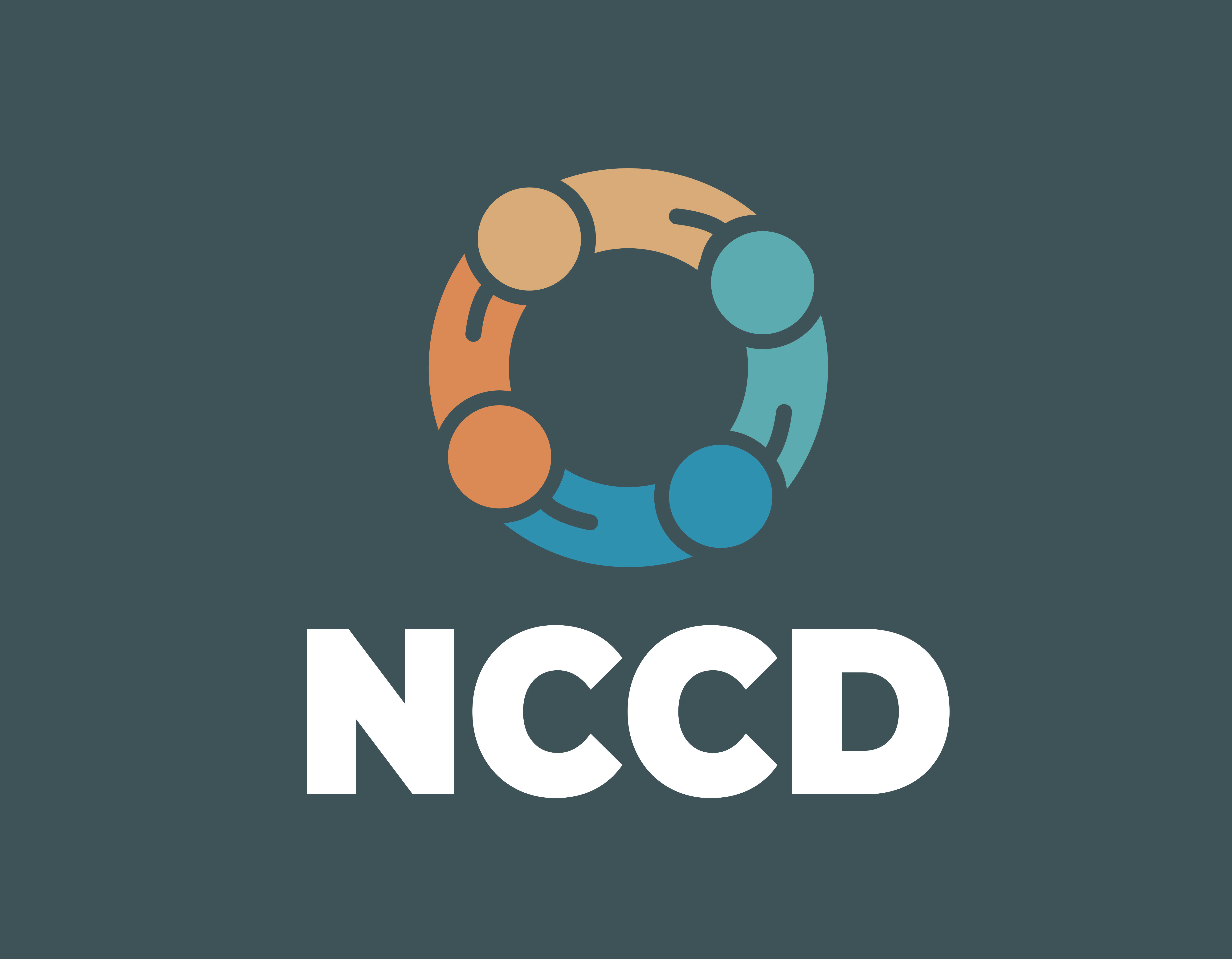
Classroom adjustments: Specific learning needs (Dyslexia)
This podcast is part of a series that highlights adjustments that can be made in the classroom to enable students with disability to access and participate in education on the same basis as their peers.
In this episode, we talk about common adjustments teachers can make in the classroom to support students with dyslexia. Dyslexia is a neurological condition that causes a specific learning disability, characterised by difficulties with language and words. Students with dyslexia have difficulty learning to read and interpreting words and letters, as well as other symbols. Students can process information more slowly or exhibit slow reading or writing speed. Dyslexia may mask the level of ability of a student so it is important for teachers to have both good understanding of the personal adjustments required and high expectations of achievement.
Year 6 student Danielle talks about her increased confidence in learning as a result of classroom adjustments. Learning Support Coordinator Lynne Ivicevic talks about the importance of early intervention and how with the right adjustments students can go on to achieve great things. Primary school teacher Michael Davies explains the benefits of new technologies and how inclusive adjustments can assist all students. CEO of the Dyslexia-SPELD Foundation and President of AUSPELD, Mandy Nayton, talks about how adjustments such as time allowances can help students with dyslexia to learn.
Top takeaways
- The vast majority of students who have learning difficulties including dyslexia can become good readers. Students with more acute difficulties will require adjustments and accommodations in the classroom.
- Get an underlying understanding of the challenges for the student, before making any adjustments. It’s important to think about the functional impact of dyslexia, like slow reading or issues with accuracy, so you can apply the most effective strategies.
- Give explicit or direct instructions. Sometimes repeating instructions in different ways can help with comprehension. This will benefit the whole class, not just the student with learning difficulties.
- When assessing specific writing tasks, don’t focus on a student’s weak spelling skills and look at their writing as a whole. This will help the student’s confidence and any self-esteem issues they may have.
- Remember not to single out students with dyslexia and support their learning through appropriate adjustments, for example, cheat sheets, reading pens or extra time.
- Provide information in other formats rather than written form alone.
Discussion starters
- How can I provide students with dyslexia opportunities to demonstrate their knowledge and participate in the same activities as their peers?
- How can I incorporate assistive technology to effectively support students with dyslexia in the classroom?
- How can I adapt my lesson plans to give personalised support for a student with dyslexia?
- How can I create an inclusive learning environment where a student with dyslexia feels confident to ask questions?
- How will I know if the adjustments I have in place are working and effective?
Search "Classroom adjustments" in Apple podcasts This link will open in a new window, Spotify This link will open in a new window, Google podcasts This link will open in a new window or wherever you get your podcasts to listen via your mobile device.
22 minute run time.
Credits
Interviewees
Lynne Ivicevic, Learning Support Coordinator, John Curtin College of the Arts
Michael Davies, Primary School Teacher, Berwick Primary School
Mandy Nayton, CEO of the Dyslexia-SPELD Foundation and President of AUSPELD
Danielle, Year 6 student
Host/Producer
Serpil Senelmis, Written & Recorded
Producer/Audio Engineer
James Brandis, Written & Recorded
Further resources
Find further resources on the AUSPELD website. Download a transcript of the podcast episode.
- mail Email
-
BookmarkThis bookmark has been added to your bookmarks.Did you know you can organise your bookmarks into separate lists when you are signed in? Sign in or register